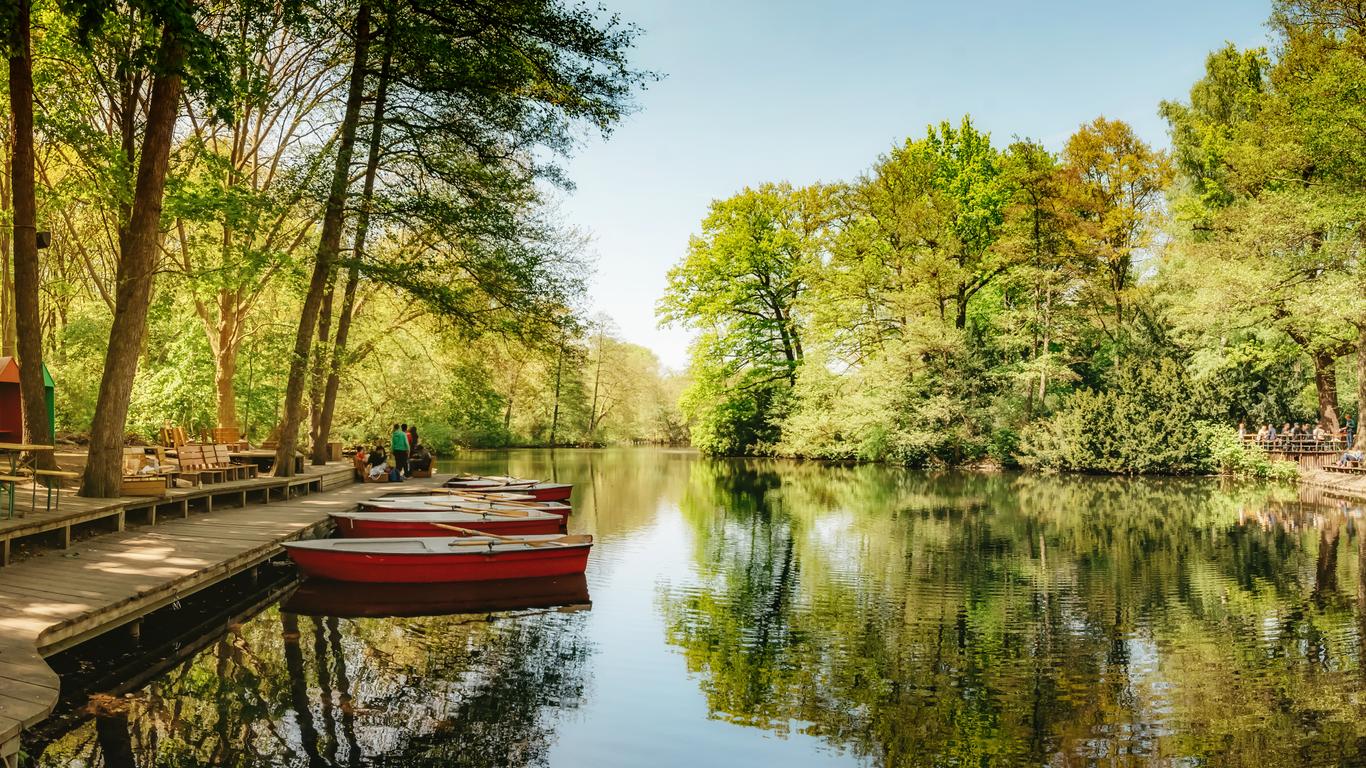Tiergarten is both a district and a park in Berlin, Germany, with the park standing as the largest in the capital.Boasting a highly popular central location, the Tiergarten has 210 hectares of green space for city dwellers to relax and enjoy the natural scenery. It is a commonplace for sports activities and a social meeting ground used by locals and tourists alike with various leisure facilities in the park including playgrounds, climbing areas, and many small lakes.
The most notable feature of Tiergarten is the Berlin Zoo. It is located on the green grounds of the park and is a famous, major attraction of the city. The English Gardens and monuments also decorate the space of Tiergarten, perfect for enjoying during a gentle stroll.The best way to enjoy the park, however, is by grabbing a beer and eating a barbeque or picnic on the grass, a typical pastime for the locals. During the winter, people skate on the frozen lakes while summer time attracts outside gatherings at coffee shops like the Café am Neuen, enjoyment of the peaceful atmosphere of Rousseau Island and afternoon get-togethers in the local beer gardens. Beyond the park, there are various key city landmarks such as the Brandenburg Gate, only a short walk away from the same district.
The district of Tiergarten is in the borough of Mitte and can be accessed via the S-Bahn, which stops at the station, Berlin Tiergarten, on the western entrance of the park. Berlin Bellevue is another nearby metro station, with local bus routes travelling to Tiergarten as well.
The origins of Tiergarten date back to when it was a hunting area in the 16th century when the space was smaller than it is now, located near the City Palace. Over the years, the park expanded and extended deeper into the city to become a better hunting ground for deer and wild animals. In 1740, the opening of public gardens made the park more available to the local community, and as structures were added, the park became more and more popular, although many of its original features were damaged or destroyed in World War II.





